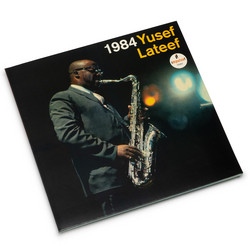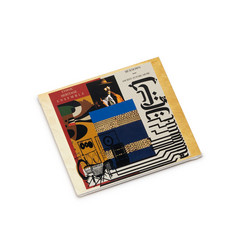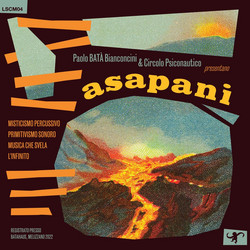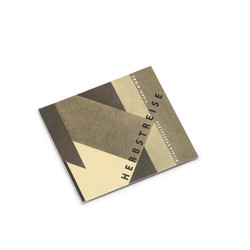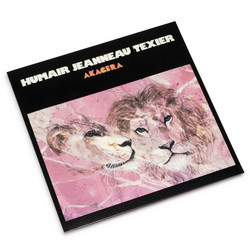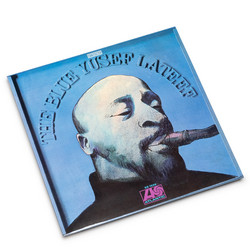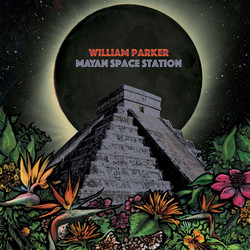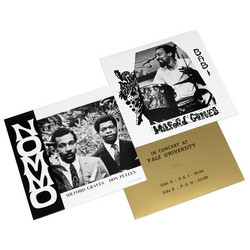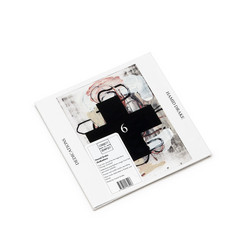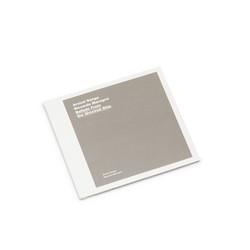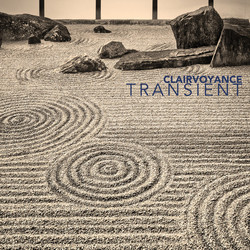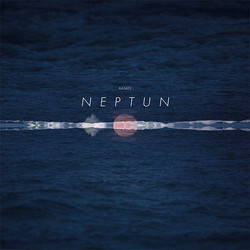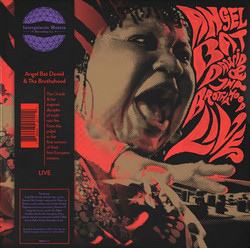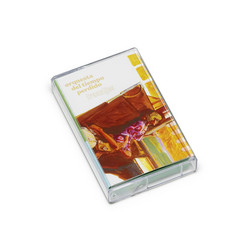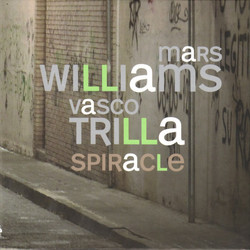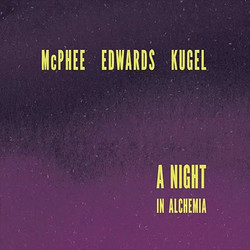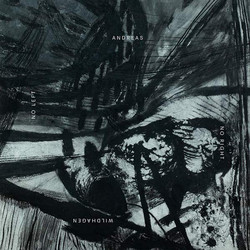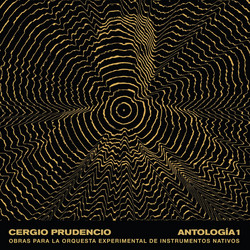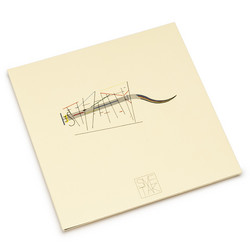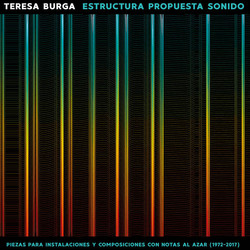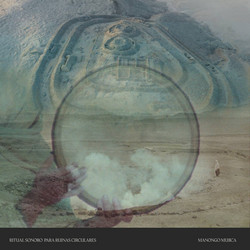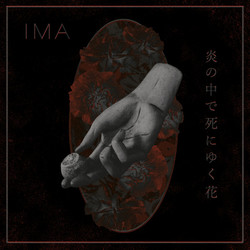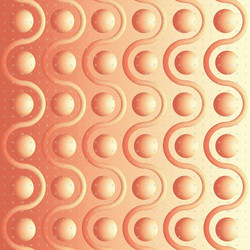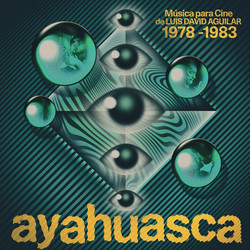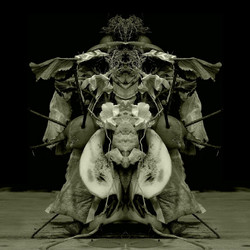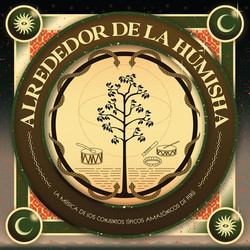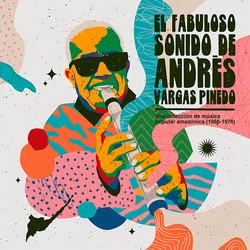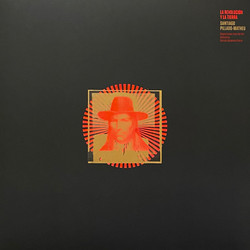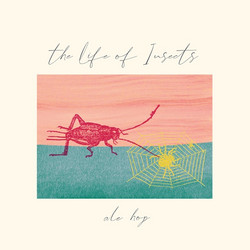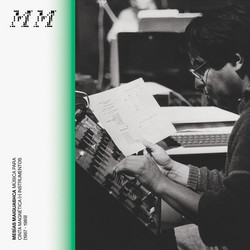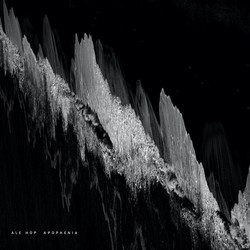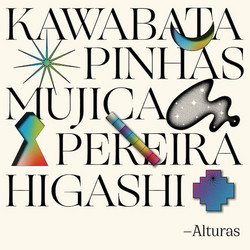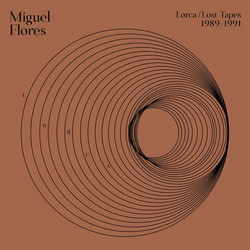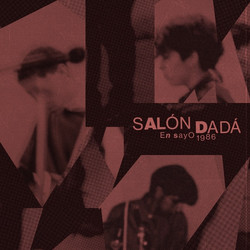Chocolate
Peru's Master Percussionist (LP)
Julio "Chocolate" Algendones is one of the essential percussionists in the great tradition of Afro-Peruvian music. Peru's Master Percussionist collects recordings made in 1990 in Las Vegas, during a trip that the artist made as a member of Peruvian jazz group Perujazz. The album was produced by the Englishman J. Blue Sheppard and released in 1991 by the New York-based label Lyrichord. It also includes a track originally recorded and published in Lima, in 1984. This reissue on Buh Records presents the material in remastered form and, for the first time ever, in a vinyl edition. Peru's Master Percussionist combines festejo rhythms, of Afro-Peruvian origin, with the polyrhythms of the Santeria rituals of Haiti and Cuba. Using congas, kalimbas, seeds, and cajon, Chocolate embarks on a journey towards the original Yoruba sounds, of African roots. The cajon (a percussion instrument representative of Afro-Peruvian culture) is incorporated into the hypnotic, trance-inducing rhythmic repetitions that Chocolate generates. In the end, Perujazz makes an appearance with a discharge of avant-garde jazz, in a culminating moment, to close a creative and exceptional circle, which at the same time is the perfect summary of a career that led Chocolate to move in the heart of Afro-Peruvian culture and on the edges of the avant-garde jazz. This album is a masterpiece that presents Chocolate in the fullness of his virtues as a master percussionist, as a musician who transcended all classification, who inspired many and whose creative impulse has found its place in an area where Afro-Peruvian culture, Santeria, and the avant-garde converge. Peru's Master Percussionist inaugurates the series of Perspectives on Afro-Peruvian Music. The Collection which will reveal some of the best-kept secrets of black rhythms of Peru. Artwork by Peruvian collage master Yerko Zlatar. Includes Spanish-English liner notes.
Chocolate was born Julio Algendones in 1934 in Peru. He grew up in a community of poor black farm workers and was carried by his mother as she picked cotton. When he was older and had begun to develop his considerable musical talents, he earned enough money to survive by performing in bars and clubs, surrounded by the colorful and violent life of Lima's streets. Chocolate took hold of his music and his deeply religious path of Macumba and Santeria. He began to find a power in his soul that took form in his music. This reality of Chocolate’s past is what produces the real depth of his sound today. Chocolate begins this master work of percussion with sophistication and simplicity. The piece is called Un Niño en Tiempo. Then, Conga Forte, Rico Cajon begins to demonstrate the magnitude of Chocolate’s rhythmic skills. Perhaps for the more sophisticated audience, this piece is one of the most wonderful journeys of rhythm and humor in percussion ever recorded. The cajon has become a trademark of Chocolate’s music. The congas are interlaced with the rich cajon sound in an elaborate and rhythmic odyssey. Añi Añi Manola reflects Chocolate’s African ancestry and his deep instinct for ceremony and celebration. His followers in Peru gather in a powerful musical ritual which weaves Chocolate’s magic into a unique tapestry of sound that is characteristic of the Afro-Peruvian genre. Un Tych closes this album with a dramatic and pyrotechnic finale in which Chocolate is assisted by members of his revolutionary musical group Perujazz. - J. Blue Sheppard, edited by Nick Fritsch
African slaves were brought to the Spanish colony of Peru, in the 16th century, to work the gold and silver mines of the high Andes. However, their bodies were not well suited to survive in the high altitude and they died by the hundreds. Their Spanish or Criollo (born in Peru of Spanish decent) masters sent them down to work in the large haciendas (private farms), in the milder climate of the desert coast. It was in their small adobe huts, on the packed dirt floors of the courtyards overrun with animals and in the fields of cotton and sugarcane that Afro-Peruvian music, song and dance were born. The slaves played in the fields, and their songs were a means to warn others of the arrival of the “white devils”, to talk of the cruelty of slave masters, of freedom, as well as of the joys of their everyday life and loves. This tradition is still alive along the coast of Peru, especially in a small valley a few hundred miles south of Lima, named Chincha, which is predominantly populated by Peruvians of African descent, in the district of El Carmen. Afro-Peruvian music and dances were not meant to be performed only by specialists, but were part of a continuing conversation in weddings, baptisms, funerals and other celebrations, or whenever a few Afro-Peruvians gathered together during the evening to jam, or on the streets or in their living rooms. The religious origin of this music derives from African Santeria, which also pervades the ritual form of Caribbean music. The percussionist is seen as a sort of shaman who calls or evokes the spirits; he is a mediator between heaven and earth inasmuch as the spirits are expressed through his rhythms. The cajon is a wooden box-drum in which the player sits in order to play it. It is thought to have originated in Peru (although the Cubans also claim it as their own). The cajon has many voices. The cajonero makes it talk. Usually when Afro-Peruvians get together to make music, there is someone rattling the quijada de burro (a donkey’s jaw), and nowadays the guitar is also often incorporated, showing the influence of criollo traditions. These instruments reflect the fact that Afro-Peruvian music emerged in an impoverished milieu: it is a music for which all that is needed is your body and the nearest objects with which sound can be made. Another extremely important element is the zapateo, a peculiar form of tap-dancing that is performed with bare feet. Everyone was involved with this music, which used to go on throughout the evening, developing into an intense competition until daybreak, each participant trying to outperform the others with complex and subtle rhythms. It becomes a conversation between the dancers and the cajon as they work themselves into a late night ecstasy. There are also dance troupes with both male and female members, all in bare feet and wearing colorful costumes, the women in very short skirts, the men in knee length pants and open cotton shirts. For example, the Alcatraz is a courtship dance where male and female dancers cavort rhythmically with a small piece of cotton attached to their waist, which each in turn tries to set fire to with a candle as they dance. Other dances include the slow and sensuous Toro Mata, the zamacueca with its rhythmical pattern of waving handkerchiefs, the langorous landó and the joyous festejo. Chocolate is the most faithful representative of the cajon and this tradition of ritual drumming which very few people in Peru have maintained and kept alive in its purest form. He was one of the original founders of Perú Negro, which was the first troupe of Afro-Peruvian singers, dancers and musicians to exhibit their tradition outside of Peru. It was composed of a talented group of young black dancers and musicians who came together in an effort to preserve and refine their heritage. Chocolate has also performed around the world with another folkloric dance group called Matalaché. He was the drummer of the touring group of the renowned Peruvian artist Chabuca Granda. He is also a member of a new group by the name of Perujazz, which attempts to marry Afro-Peruvian and indigenous music to a contemporary jazz idiom. - Patricia Llosa

